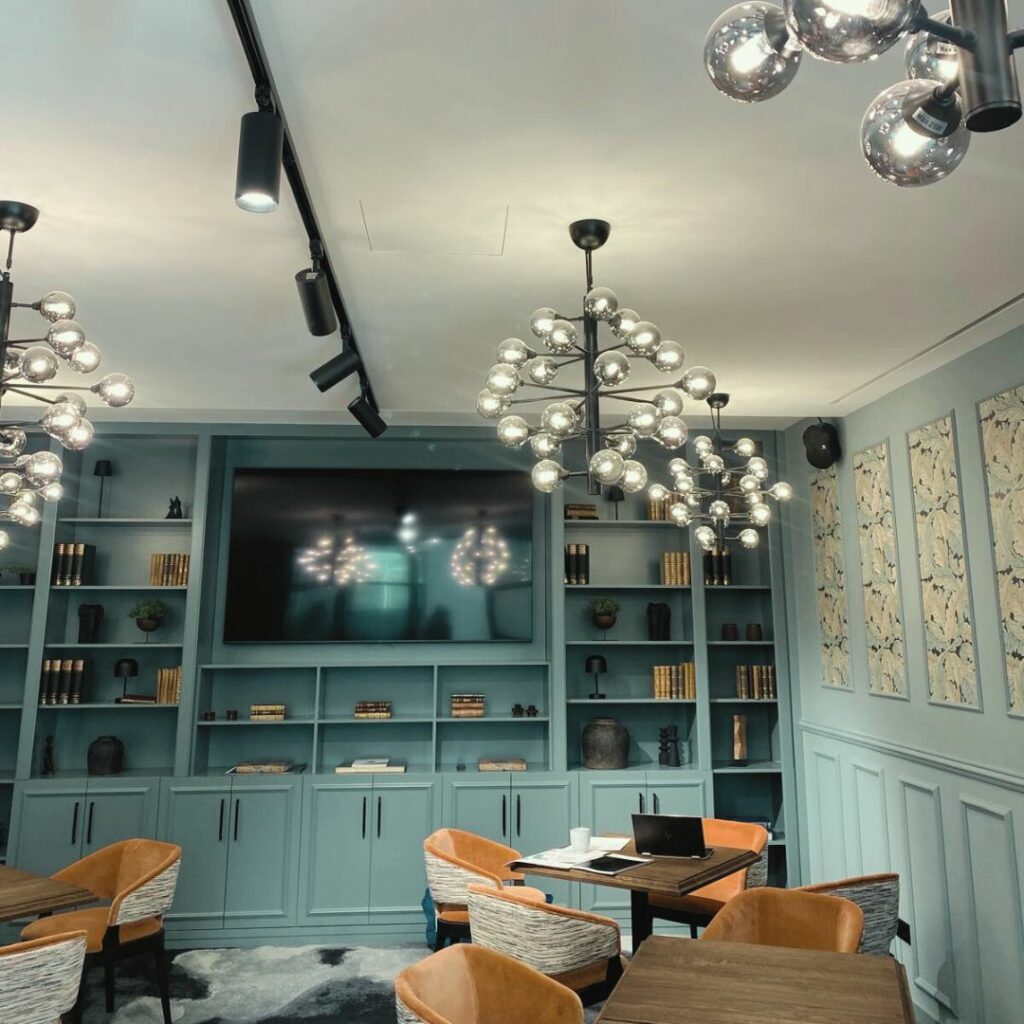
In Talat we leave a wide margin and space to the first phases. We have already talked to you on other occasions about the importance of an and meticulous planning. In this entry we will focus on the importance of a lighting study.
In this first phase we focus on analyzing, designing and planning lighting solutions adapted to the specific needs of a space, considering functionality as well as energy efficiency and aesthetics. The lighting study procedure is essential to ensure that an installation complies with technical, regulatory and visual comfort standards.
How do we proceed?
1. We assess the specific needs of the client and the space.:
- Use of spaceOffices, industrial, commercial and residential areas, etc.
- Regulations: Compliance with local or international regulations on lighting levels (lux), energy efficiency and safety.
- Current conditionsMeasurement of available daylight and evaluation of existing installations.
2. We define the objective. For example?
- Functional lighting: Ensure that areas are properly illuminated for specific tasks.
- Energy efficiencyMinimize electricity consumption, prioritizing LED technology or intelligent systems.
- SustainabilityUse of solutions that reduce environmental impact such as recyclable luminaires or renewable energy sources.
- AestheticsIntegration with architectural design.
3. Time to "calculate".
- We simulate how light will be distributed in space.
- We calculate illuminance levels (lux), uniformity and glare.
- We tested settings to maximize available natural light and reduce shadows or dark spots.
4. Selection of equipment and materials
- Luminaires and light sourcesSelection of brands and models that meet the customer's requirements and design.
- Technology: Implementation of LED systems, motion sensors, dimmers or intelligent controllers.
- CertificationsAt Talat, we always give preference to equipment with quality and efficiency seals (Energy Star, CE, etc.).
5. Elaboration of plans:
These should provide for:
- Exact position of luminaires.
- Electrical diagrams and necessary wiring.
- Location of electrical panels or control points.
6. Delivery of technical report
- What should it contain?
- Plans and simulations.
- Details of selected equipment.
- Recommendations for maintenance.
Once the tools and objective are clear, we can move on to the execution phase. Phase that also involves its steps and analysis and that we will leave for another post. If the concepts and why the importance of a lighting study are clear, we have achieved today's objective.
And as we are fans of the curious who always want to go beyond knowledge and with critical thinking, we will be happy to listen to you 👇🏽
